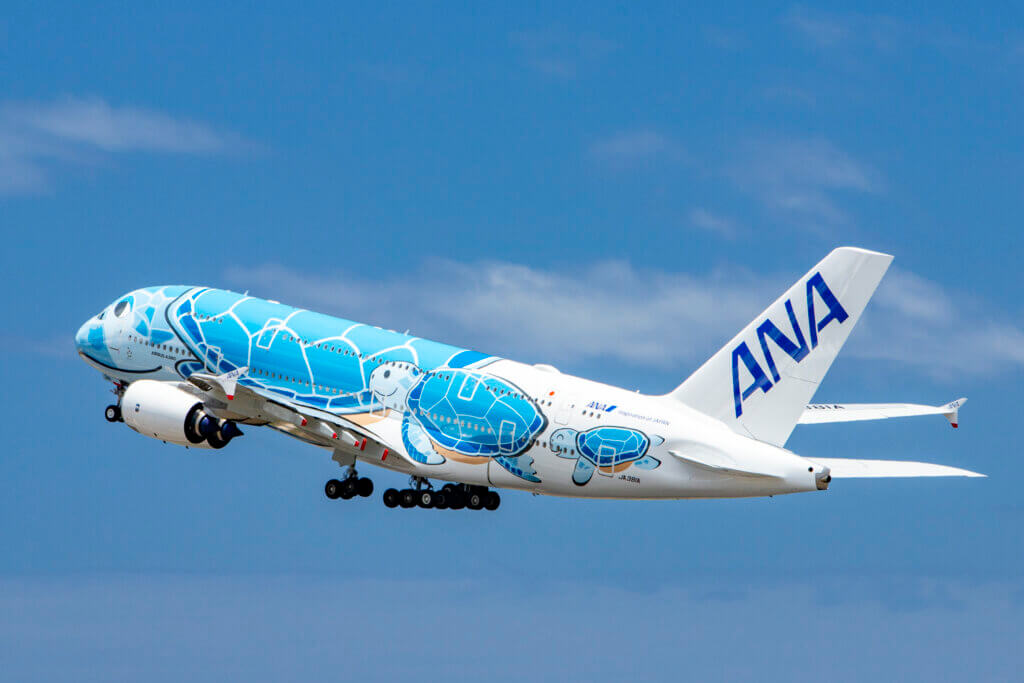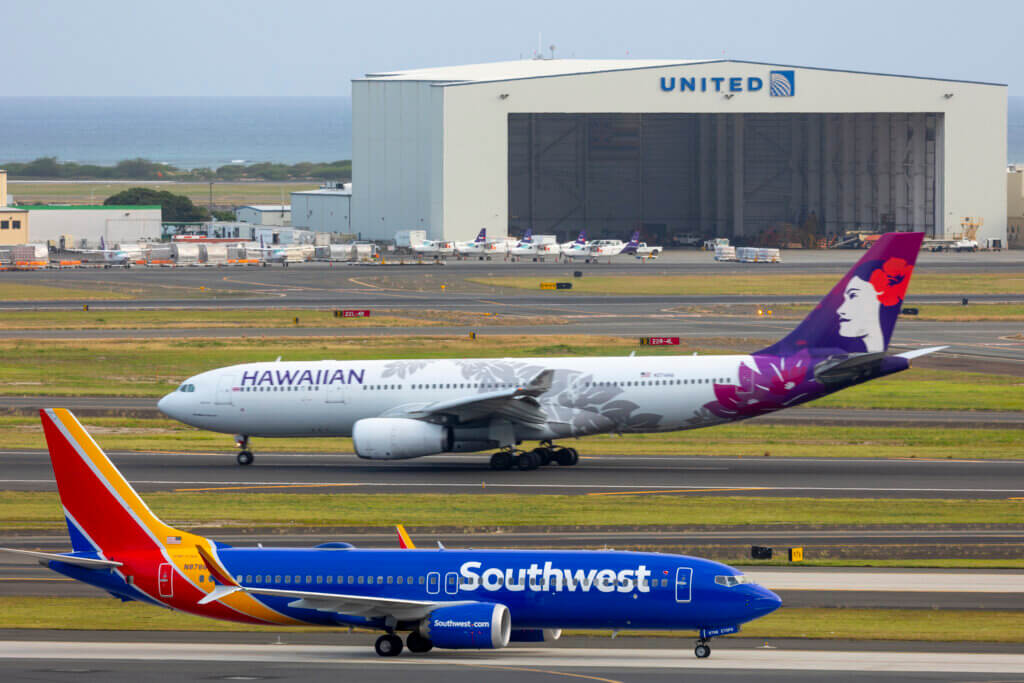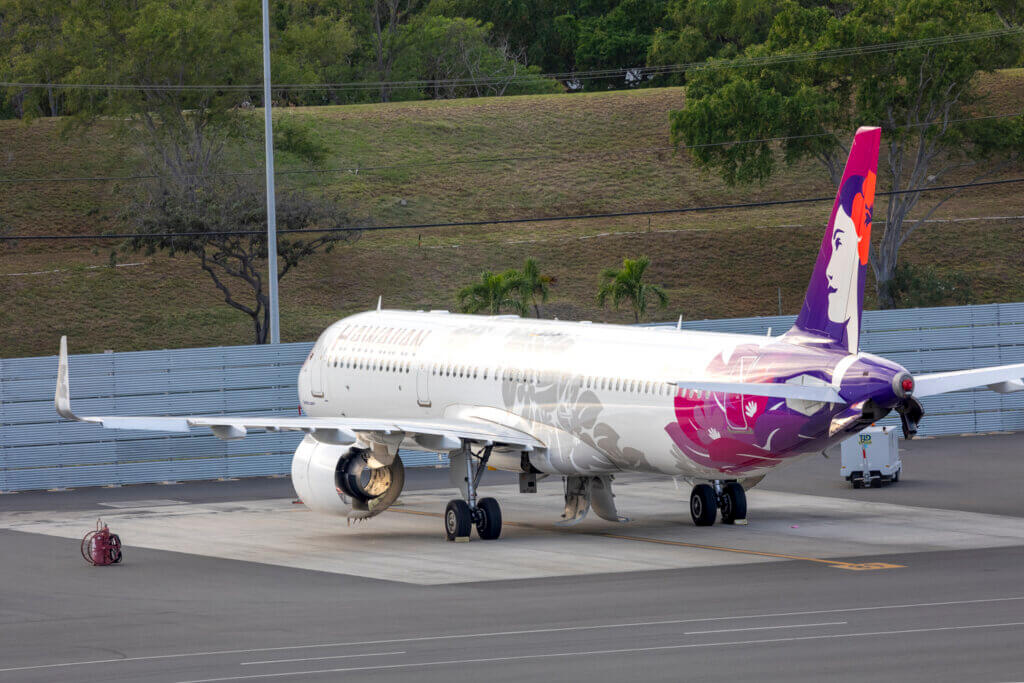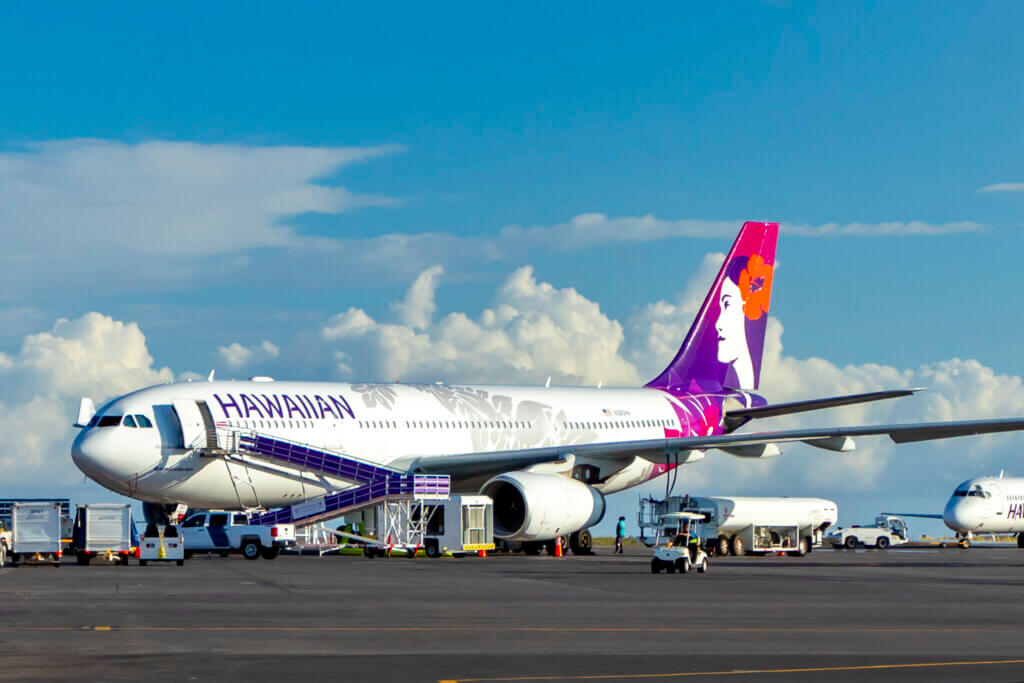Boeing is (rightfully) getting a lot of heat nowadays. However, I think the Boeing vs Airbus argument is getting old. Both aircraft manufacturers make safe planes, and none of them are issue-free, even Airbus. It’s just that the media is sensationalizing anything Boeing right now.
Look, while I’m a Boeing fan, I don’t deny the fact that they’ve lost their way. Everyone already knows how their merger with McDonnell Douglas caused a monumental shift in corporate culture, and not one for the better. Boeing went from being an engineer-run company to McDonnell’s accountant-run style of leadership. Nothing matters more than creating a return for investors. And at a certain point, their issues will begin impacting that, so I’m hoping the recent round of heat will change things up a bit.
However, harping on Boeing is not why we’re here today. Rather, as I think the Boeing vs Airbus argument is getting old. After all, Airbus has had and continues to have issues, too.
The Boeing vs Airbus Argument is Getting Old
I know everyone loves to demonize the Boeing 737 MAX. Yes, the aircraft had some very serious issues early on in its career. However, its important to highlight that 1) airlines asked for the MAX to minimize pilot retraining, 2) airlines had the option of purchasing a redundant AoA sensor [the root cause to the MCAS-induced crashes] but some didn’t, and 3) American pilots that encountered the issue never struggled to correct it. It’s also worth noting that Ethiopian and Lion both ordered MORE 737 MAXs after the crashes, so take that as you will.
Once everything was sorted out from those horrific incidents, the MAX became an inherently safe plane. The door plug incident doesn’t change that. We know the AS 1282 incident is a manufacturing issue, not an engineering one, especially since the MAX 9 fuselage is virtually identical to the 737-900, which has been in service for DECADES without issue. With all the attention on the MAX now, I’d argue that these are probably the safest planes you can fly on right now. But, guess what? The media makes many believe otherwise. That’s despite very real issues with the aircraft’s primary competitor. And that’s why I think the Boeing vs Airbus argument is getting old.
The Airbus A321neo
I’ve covered the issues facing the Airbus A321neo at great length because it’s having very real operational and financial impacts on Hawaiian Airlines. But it’s also a reason why I think the Boeing vs Airbus argument is getting old. You see, a door plug falling out of an aircraft causing it to depressurize mid-flight is a dangerous and potentially life-threatening issue. However, so is an aircraft losing power to both engines mid-flight. Which issue would you rather have?
Don’t believe me? Back in 2018, the European Aviation Safety Agency (EASA) issued an emergency airworthiness directive for the A320neo and all its variants following an incident in which an IndiGo neo experienced an inflight dual engine shutdown. In other words, both engines on the jet lost power during flight. Thankfully, the crew was able to restart the engines and land safely, but that’s an awful situation to be in. Imagine if they couldn’t regain power at all?
In the U.S., Spirit Airlines has reported incidents in which ice accumulates in the PW1100G’s bleed air system. As a result, Spirit has implemented an operational ceiling of 30,000 feet for its neos. Bleed air is the system in which outside air is taken in by the engine and fed into the aircraft’s air conditioning system to provide fresh air.
Bleed air contamination was the cause of Hawaiian’s sole A321neo inflight emergency thus far, as an engine seal failure caused the cabin to fill with caustic smoke. Seal failures of many types are among the many issues the PW1100G has.
The most recent issue is, of course, material defects in the stage 1 and 2 disks in the high-pressure turbine. This issue can lead to premature part failure, which, in this case, could cause a complete loss of power and, in the worst-case scenario, an uncontained failure, which could puncture the aircraft hull. It’s why so many Pratt & Whitney Geared Turbofan-powered aircraft – primarily A320neo family and A220s – are out of service right now.
In fairness to Airbus, this is a supplier-induced issue. Pratt & Whitney, an RTX (Raytheon) subsidiary can’t seem to get its act together. A32neos using the CFM LEAP (GE/Safran) don’t have nearly the same number of issues. This is also the power plant on the MAX.
That said, the A320neo did suffer from a MAX-like pitch issue, too.
A320
While researching this post, I found a very familiar sounding incident involving an A320ceo – LH 1829. In this incident, the aircraft’s two AoA sensors became faulty, leading the aircraft’s flight computers to believe it was stalling. Alpha Protection engaged, forcing the jet into a nose-down orientation, causing it to descend at a rate of 400 feet per minute. Thankfully, the flight was at FL31, so crews had more time to react.
The crew had to use more than 50% input to counteract the forced pitch-down and eventually recovered controlled flight by disabling their Air Data Units. Of course, I say this incident sounds familiar because it’s quite similar to the ET302 tragedy. Yes, the contributing factors in that accident were more severe, but these two incidents are eerily similar.
A380
Another things that jumps to mind when I was thinking about writing a post on how the Boeing vs Airbus argument is getting old is the A380 wing box issue. Yes, there was never a life-threatening situation from the issue, but a separate issue on QF32 lead to an inspection that uncovered stress cracks in the wing structures. If it wasn’t for this serendipitous event, can you imagine what might have happened?
Wings are critical to aircraft remaining in stable flight, and as such, the EASA issued an emergency airworthiness directive against the type shortly after the issue was uncovered.

A330
The most unsettling issue that came to mind as I thought about how the Boeing vs Airbus argument is getting old is the A330 AF447 incident. In this accident, pitot tubes manufactured by Thales had known issues in icing conditions. Specifically, they’d report incorrect airspeeds which, in the case of AF447, caused the autopilot to disengage. Combined with incorrect actions taken by pilots thereafter, the A330-200 ended up plunging into the Atlantic, killing all onboard.
The Boeing vs Airbus Argument is Getting Old, Final Thoughts
Look, my post on how I think the Boeing vs Airbus argument is getting old isn’t to disparage Airbus or put Boeing on a pedestal. Rather, it’s to highlight that both companies have had their issues, and continue to do so. Sometimes they’re caused by their own doing or by suppliers. But at the end of the day, if you think you’re safer on one over the other, you’re mistaken. What’s more important is that your aircraft is properly maintained and crewed by well-trained pilots and flight attendants.
It’s also important to remember how safe air travel is. Airplanes are constantly criss-crossing our skies with relatively few issues. Heck, even Hawaiian operates over 100 flights per day, mostly without any problems.



